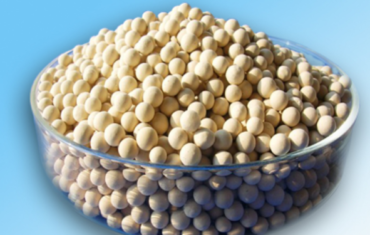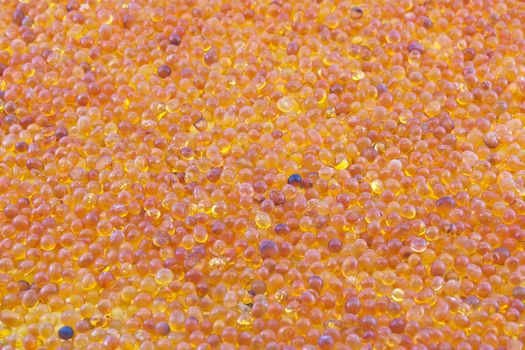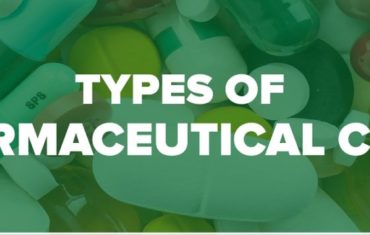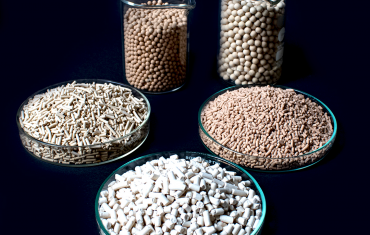Complete Process of DNA Purification Explained
DNA purification is one of the most important procedures in clinical studies in modern times. It is used to complete requirements by extracting the required amount of plasmid or genomic DNA from a sample.
Extraction of samples is done through purification of the DNA, which can contaminate the whole sample source. However, with modern chromatography techniques, scientists can extract purified DNA samples without contaminating the sample source. Let’s take a more detailed look at the process of DNA purification.
The Process of DNA Purification
The DNA purification process has 5 essential steps. These are:
Step 1: Creating a Lysate
Creating a lysate is the first step in purifying and extracting DNA. The lysate is created when DNA or RNA is added to a lysis solution. This helps the DNA release the nucleic acid into the solution, immediately disrupting the cells in the sample source.
The creation of lysate is a complicated process and requires the utmost precision. It can be done in a variety of ways, including:
- enzymatic methods
- chemical methods
- physical methods
- combinations of these methods
Step 2: Clearing the Lysate
The next step is to remove debris from the lysate. Lysate tends to have cellular debris that is formed during the formation of the lysate. Any other impurity is also cleared from the lysate during this step. This includes lipids, saccharides, proteins, and more.
Impure lysate can affect the downstream application and testing, which is why it’s necessary to clear it.
Step 3: Binding for Purification
After lysate is cleared, the DNA is isolated from the nucleic acid. Several methods are used to isolate the DNA, out of which sample lysis through detergency and purification by matrices are the most common ones.
Scientists prefer using silica for this step as DNA purification is preferably done under high-salt conditions. Silica contains chaotropic salts, which bind the nucleic acid and isolates it.
Step 4: Washing
This step increases the shelf life of a DNA sample so that it can be used for research for longer periods. The purified sample is washed by alcohol and wash buffers to remove any remaining contaminants.
Step 5: Elution
Elution is the process of collecting the purified DNA from the silica. An aqueous buffer is applied to the silica membrane, which helps release the low-ionic DNA.

If your science lab requires chromatography equipment or silica for DNA Purification purposes, Sorbead India can help you.
We provide silica gel of the highest quality, including blue silica gel and orange silica gel. We also provide chromatography adsorbents. Our other products include desiccants, like molecular sieves, oxygen absorbents, activated alumina, and more.
Get in touch with us now for more details.












